What Makes Marine Grade Lights an Ideal Choice?
Table of Contents
Have you ever found yourself standing by the beach, mesmerized by the enchanting flicker of lighthouses guiding ships safely home? Perhaps you’ve admired the ethereal glow of underwater lights illuminating the aquarium at your favorite restaurant. If you’ve ever pondered the type of lights that can endure the unforgiving conditions of a marine environment, look no further than Marine Grade Lights.
Marine Grade Lights are specifically crafted luminaires tailored to thrive in maritime settings. Their exceptional attributes make them the preferred choice for outdoor lighting ventures, particularly in coastal regions or aboard maritime vessels.
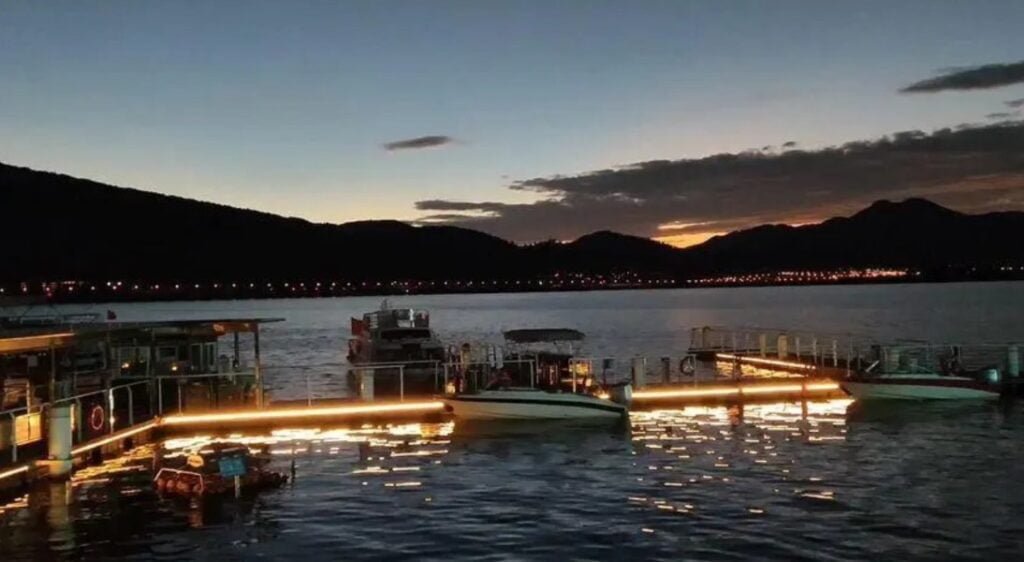
Curious about whether Marine Grade Lights are the perfect fit for you? Let’s explore and delve into the depths of Marine Grade Lights.
What Defines a Light as “Marine Grade”?
Marine-grade lights go beyond ordinary lighting solutions. They are meticulously designed to endure the demanding conditions in marine environments, including high humidity levels, salt-laden air, and occasional water splashes or immersion encounters.
These lights incorporate top-quality materials and employ innovative manufacturing methods to effectively combat corrosion and deterioration caused by exposure to the elements. When it comes to ensuring safety and dependability in challenging marine settings, Marine Grade Lights outshine all other options.

What Makes Marine Grade Lighting Stand Out?
The distinguishing feature of Marine Grade Lighting is its exceptional durability. These lights illuminate and withstand harsh environmental conditions that can deteriorate or ruin ordinary lights. Equipped with unique corrosion-resistant properties, Marine Grade Lights offer dependable lighting solutions even in the most challenging settings.
Where Can Marine Grade Lights Be Installed?
Marine Grade Lights serve various purposes and can be installed in various locations. They are ideal for vessels, residences, and businesses situated in coastal areas. Installing Marine Grade Lights can significantly benefit docks, boardwalks, marinas, and waterfront properties.
Moreover, if you desire a nautical ambiance for your restaurant, pub, or boutique, these lights can effortlessly infuse an authentic marine touch!
Exploring Different Types of Marine-Grade Lights
Marine Grade Lights encompass a variety of types, each meticulously designed to serve a specific purpose. Let’s delve into some of the key types and their respective functions:
- Navigation Lights: Crucial for all maritime vessels, these lights indicate the size, angle, and direction of the vessel, helping prevent collisions.
- Post Lights: Utilized for outdoor spaces such as walkways or gardens near the coastline.
- Wall Lights: Beneficial for lighting up the exterior walls of homes or businesses in coastal regions.
- Camping Lights: Ideal for camping or hiking trips near the coast.
- Underwater Lights: Primarily employed to illuminate swimming pools and water features or enhance the aesthetic appeal of aquariums.
- Deck Lights: Essential for providing illumination on boat decks, enabling safe movement during low-light conditions.
- Cabin Lights: Interior lights that ensure visibility within boat cabins.
- Floodlights & Spotlights: High-intensity lights that offer broader illumination for nighttime operations.
- Dock Lights: Installed on docks, these lights facilitate the secure docking of vessels.
Each type of Marine Grade Light serves a specific role and has its designated place, emphasizing the importance of selecting the appropriate one for your needs.

Building Marine-Grade Lights: Key Components and Their Roles
Marine Grade Lights employ exceptionally durable and corrosion-resistant materials designed to endure harsh maritime conditions. These materials are thoughtfully selected based on their resistance to corrosion, durability, and other desirable attributes.
- Aluminum: Combining lightweight characteristics with sturdy construction, aluminum is frequently utilized. Marine-grade aluminum often undergoes specialized treatments to enhance its corrosion resistance.
- Bronze: A timeless choice for marine applications, bronze is valued for its strength and ability to withstand corrosion in salty environments.
- Polycarbonate & Glass: These materials are utilized for the light covers due to their solid nature and resistance to impacts and temperature fluctuations.
- Stainless Steel (316 Grade, 304 Grade, 321 Grade, 904 L Grade): Renowned for its exceptional rust and stain resistance, stainless steel is a favored option.
Ensuring Durability: The Importance of Standards and Certifications
When selecting Marine Grade Lights, it is vital to consider specific safety standards and certifications. These certifications and standards guarantee that the product you purchase is secure, dependable, and suitable for marine environments.
Key certifications and standards to look for include:
- Ingress Protection (IP) Ratings: These ratings assess the level of protection a product offers against solid objects, dust, accidental contact, and water. A high IP rating is recommended in marine lighting to ensure superior protection against water and moisture.
- United States Coast Guard (USCG) Approval: This certification is crucial for navigation lights used in vessels sailing in U.S. waters.
- International Electrotechnical Commission (IEC) Standards: These international standards ensure the safety and performance of marine electrical and electronic devices, including lights.
- National Marine Manufacturers Association (NMMA) Certification: Products with this certification meet or exceed industry standards for safety and construction.
- UL Listing: This certification confirms that the product has undergone testing and meets specific safety standards.
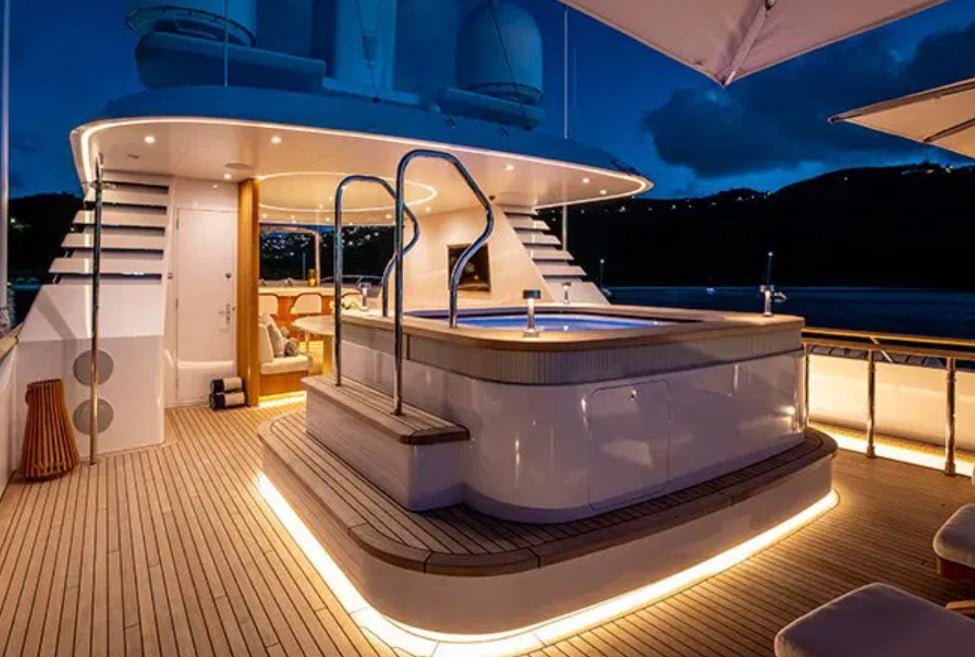
Weatherproof vs Waterproof vs Marine Grade: Key Differences
Outdoor lights come in various grades of protection, namely weatherproof, waterproof, and marine grades, each offering different levels of defense against the elements.
- Weatherproof lights: Built to endure exposure to weather conditions such as rain, snow, and sunlight. However, they are not designed to withstand constant exposure to the harsh conditions present in marine environments.
- Waterproof lights: Possess varying degrees of resistance to water infiltration but may not necessarily be equipped to handle salt or corrosive environments.
- Marine Grade Lights: Waterproof and specially treated to withstand the corrosive effects of saltwater and the high humidity prevalent in marine environments.
Hence, when selecting outdoor lights for coastal areas or marine applications, it is advisable to opt for marine-grade lights.
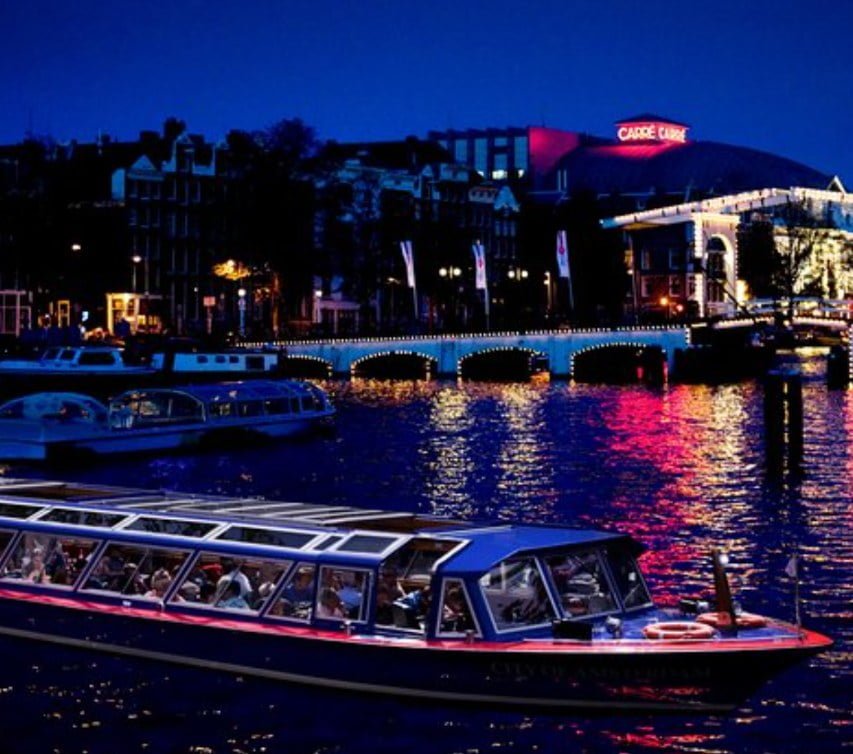
Key Features of Marine-Grade Lights
Marine Grade Lights offer a range of essential attributes that make them highly suitable for marine applications:
- Waterproof Capability: A remarkable characteristic of any Marine Grade Light, ensuring its functionality even in water or moisture.
- Durable and Energy-efficient Illumination: Numerous Marine Grade Lights utilize LEDs, renowned for their long lifespan and energy-saving properties.
- Effective Heat Dissipation and Cooling Systems: These mechanisms prevent overheating and extend the lights’ lifespan.
Gaining a comprehensive understanding of these features can assist you in making a well-informed decision when selecting Marine Grade Lights.
Installing Marine Grade Lights: A Step-by-Step Guide
The process of installing marine-grade lights is similar to that of installing regular lights. However, due to the unique conditions these lights will encounter, it is essential to take certain precautions:
- Select the appropriate Marine Grade Light for each specific location. For instance, opt for underwater lights for a pool and navigation lights for a boat.
- Safeguard the wiring against the elements by ensuring proper insulation and protection from moisture.
- Adhere to the instructions provided by the manufacturer. This will ensure the correct and safe installation of the product while preserving its warranty.
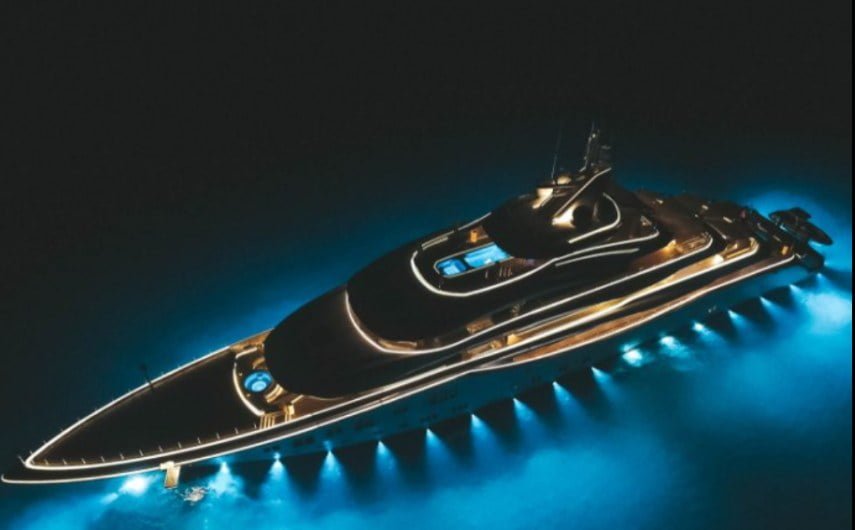
Marine Grade Lights Maintenance
Regular maintenance ensures the durability and peak performance of even the toughest Marine Grade Lights. Consider the following suggestions:
- Consistent Cleaning: Employ a gentle, moist cloth to eliminate dust, dirt, or salt residue from the surface of the light.
- Routine Examination: Regularly assess the condition of the light, paying particular attention to the protective housing and seals that safeguard against water penetration, looking out for signs of wear or damage.
- Prompt Component Replacement: In case of a part failure or a light ceasing to function, promptly replace the affected component to avert potential safety risks.
By adhering to these straightforward measures, you can preserve the luminosity of your Marine Grade Lights for many years.
Guidelines for Ensuring Safety with Marine-Grade Lights
Regarding electrical fixtures, prioritizing safety is crucial, and Marine Grade Lights are not exempt from this requirement.
- Installation Procedures: Ensuring the lights are correctly installed using high-quality, insulated wiring is essential.
- Ongoing Inspections: It is essential to conduct regular inspections to detect any signs of damage to the fixtures or wiring. Promptly address any potential issues that arise.
- Adherence to Local Regulations: It is imperative to verify that your Marine Grade Lights comply with your locality’s applicable rules and regulations, particularly for lights used in marine vessels.
Limitations of Marine-Grade Lighting
While Marine Grade Lights boast impressive features, they do possess certain limitations:
- Cost: Marine-grade lights tend to be pricier than standard lights due to their specialized materials and advanced technology.
- Availability: The range of style options available in Marine Grade Lights may be limited compared to regular lights.
- Installation: Installing Marine Grade Lights can be more intricate, especially for specialized underwater or navigation lights.
- Compatibility: Not all marine lights are compatible with every boat or fixture, so it’s crucial to consider compatibility before purchasing.
- Routine Maintenance: Marine Grade Lights require regular maintenance to extend their lifespan despite their durability.
Improving Marine-Grade Lighting: Focus on Sustainability and Energy Efficiency
Marine Grade Lights go beyond durability; they prioritize energy efficiency as well. Numerous Marine Grade Lights employ LED technology, renowned for its remarkable energy efficiency and extended lifespan.
Moreover, there is a growing trend in designing marine lights to utilize solar power, offering a sustainable and eco-friendly alternative for lighting. These innovative approaches actively contribute to advancing environmentally conscious Marine Grade Lighting.
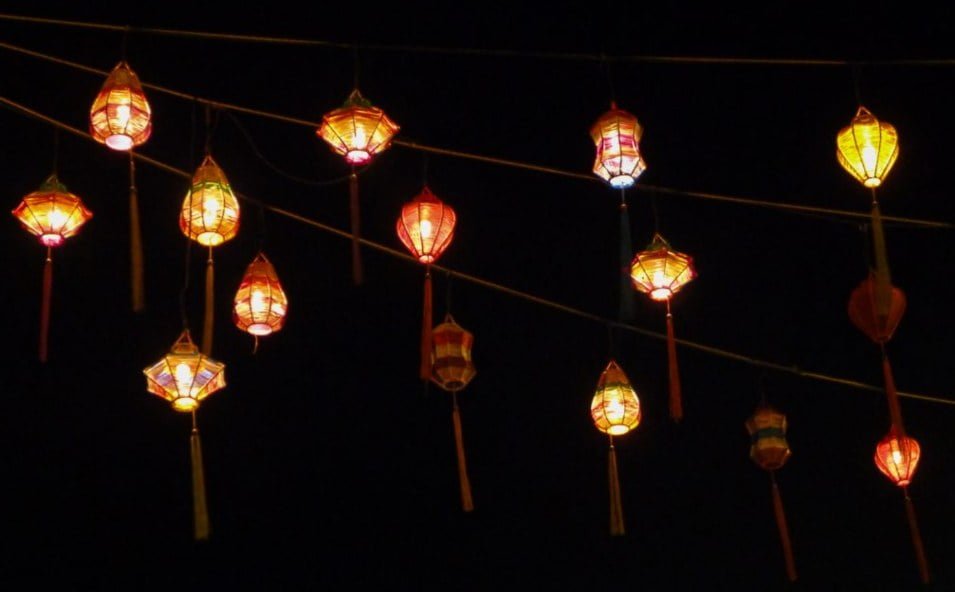
The Future of Marine-Grade Lighting
The realm of marine-grade lighting is in a constant state of evolution as novel technologies and materials are frequently introduced. From more innovative and energy-efficient lighting solutions to sensors and automated controls, the future of marine-grade lighting is filled with great potential.
Anticipate witnessing the emergence of sturdier, more dependable, and environmentally friendly Marine Grade Lights as we gaze into the future.
Selecting the Perfect Marine Grade Light
When selecting a suitable Marine Grade Light, the task may appear daunting. However, by keeping a few critical factors in mind, the process can become more manageable:
- Assess Your Requirements: Identify where and why you require the Marine Grade Light. The specific application will play a significant role in determining the suitable type of light.
- Evaluate the Environment: Consider the environmental conditions the light will encounter. If the surroundings are corrosive or harsh, opting for higher-grade lights becomes essential.
- Verify Certifications: Seek out lights that carry proper certifications, ensuring they meet safety and performance standards.
- Examine the Construction Materials: Scrutinize the materials used in the light’s construction. It is crucial to prioritize high-quality materials resistant to corrosion, especially in marine environments.
- Emphasize Energy Efficiency: Consider lights that offer energy efficiency, such as LED lights. This can contribute to reduced power consumption and improved sustainability.
Considering these factors, you can make an informed decision and select the optimal Marine Grade Light that meets your specific requirements.
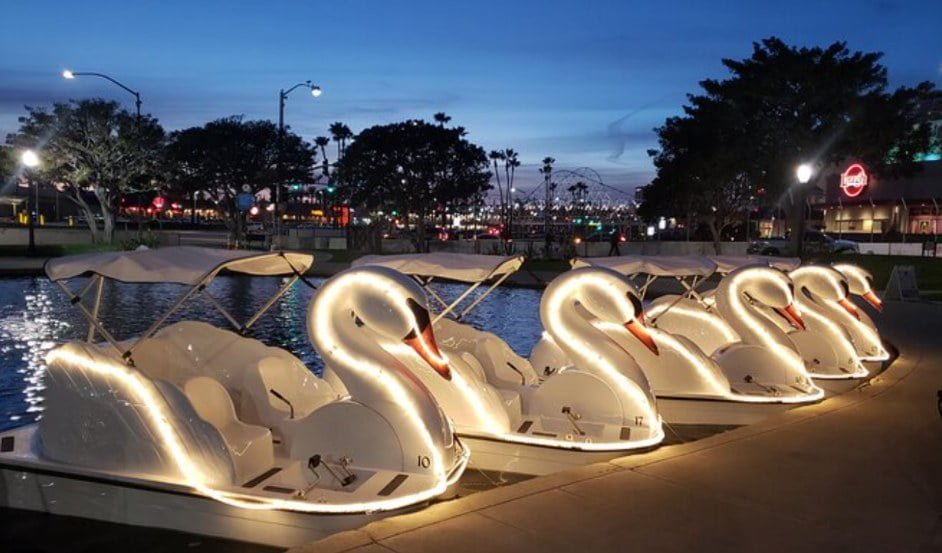
Conclusion
Marine Grade Lights are renowned for their exceptional resilience, durability, and versatility in harsh environments. Whether you need illumination for your boat, a coastal property, or an aquarium, these lights guarantee unparalleled performance, even under the most demanding circumstances.
Although Marine Grade Lights may initially come at a higher cost than standard lights, their long lifespan, dependability, and energy efficiency make them worthwhile investments.
Therefore, as you embark on the journey of Marine Grade Lighting, remember that it’s not only about illuminating your path—it’s about ensuring your light shines brilliantly, triumphing over the challenges that come your way!
FAQs
Marine Grade Lights are specifically designed to withstand the extreme conditions of the marine environment, including saltwater, moisture, and corrosive elements. They are built with materials that resist rust, corrosion, and UV damage, ensuring durability in harsh marine settings.
Yes, Marine Grade Lights are waterproof, which makes them suitable for use in boats, yachts, and other watercraft. These lights are built with seals, gaskets, and corrosion-resistant materials to prevent water ingress and to keep the internal components safe and functioning.
Marine Grade Lights are typically made from corrosion-resistant materials like stainless steel, bronze, and aluminum. They may also feature UV-resistant plastics like polycarbonate and high-quality glass to protect against the harsh elements found in marine environments.
While marine-grade lights are specifically designed for marine environments, they can be used on land in areas exposed to high humidity or salt, such as coastal homes, pool areas, or outdoor patios. However, they are particularly beneficial in environments with extreme exposure to moisture and corrosion.
To maintain Marine Grade Lights, regularly clean them to remove salt, dirt, and debris, especially after use in saltwater environments. Inspect for signs of wear, such as rust or damage to seals, and replace any worn components. Follow the manufacturer’s maintenance instructions for the best care.

Hi, I’m Xylia Xiong, a sales professional with 14 years of experience in the LED strip light industry. I specialize in providing tailored solutions, leveraging my expertise in LED products and the latest industry trends. Known for effective communication and problem-solving, I’m dedicated to helping lighting manufacturers, importers, and distributors achieve their goals.
Let’s work together to create customized solutions that exceed expectations.
Related Posts

The Best LED Strip Lights You Can Buy Right Now

Comparing WS2811 Vs WS2812B: Key Differences


